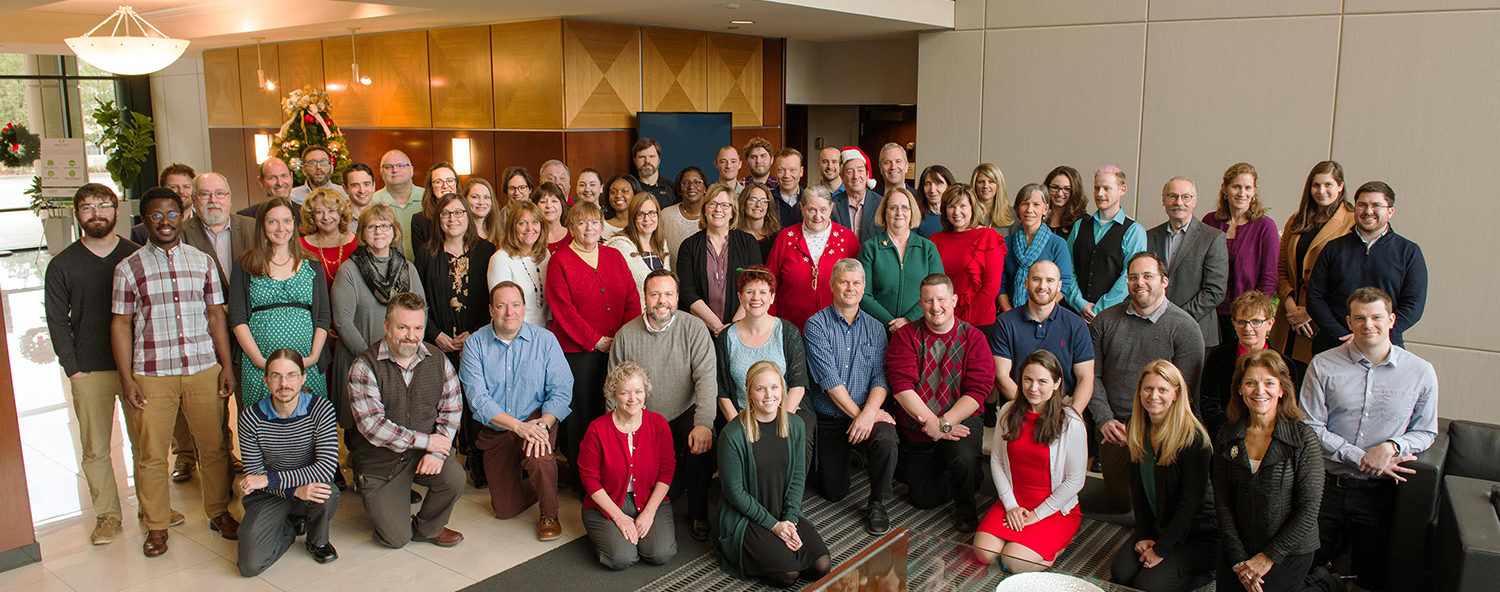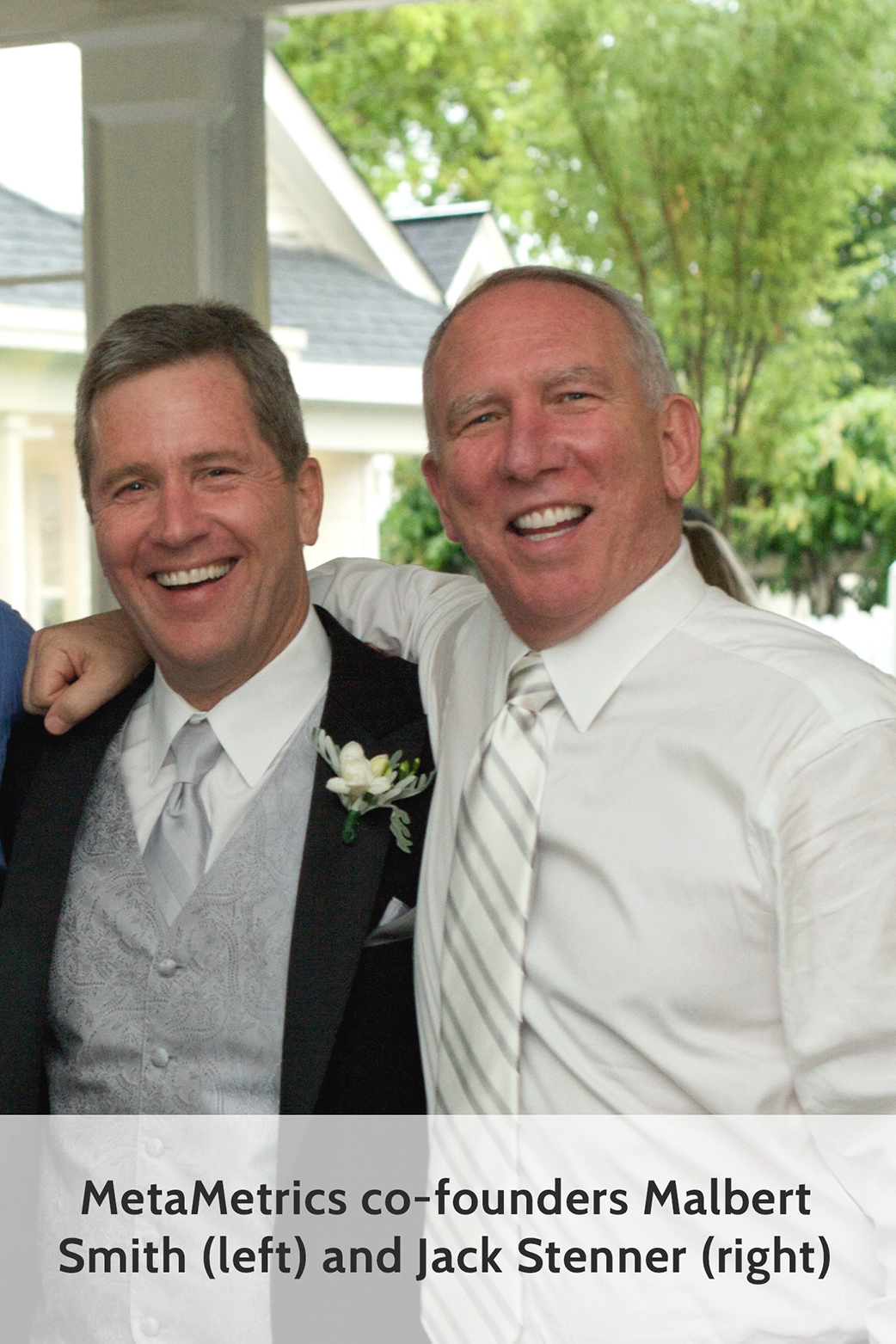 MetaMetrics CEO Malbert Smith met co-founder Jack Stenner on the Duke basketball court. Undergrad Smith played against Stenner, then a grad student, in a rec game that kicked off a lifetime of collaboration. Smith and Stenner would create more than 15 companies together and eventually change the landscape of educational literacy testing.
MetaMetrics CEO Malbert Smith met co-founder Jack Stenner on the Duke basketball court. Undergrad Smith played against Stenner, then a grad student, in a rec game that kicked off a lifetime of collaboration. Smith and Stenner would create more than 15 companies together and eventually change the landscape of educational literacy testing.
“We don’t need more tests. We need to do more with the tests we give.”
While instructing a graduate seminar for teachers at the University of North Carolina at Chapel Hill, Smith struggled with the question of test scores. What were teachers supposed to do with them? How exactly did they inform instruction, and could they be made more actionable?
Both Smith and Stenner knew the answer wasn’t to create another assessment. “We don’t need more tests,” says Smith. “We need to do more with the tests we give. The only reason to give a test is to inform instruction.” Since most test results returned with no actionable feedback for instructors, Smith and Stenner wanted to change that.
In 1989, Smith and Stenner—both trained educational researchers—developed the Lexile Framework. The framework measured both the text and the student’s reading ability using the same scoring method. This innovation made it easier for teachers to choose books for students with enough difficulty to foster growth without discouraging readers. Teachers clearly saw how the Lexile Framework supported individualized and differentiated instruction. Now the challenge was to get test makers and text publishers on board.
Books, shoes and thermometers
 To bring the Lexile Framework to market, Smith and Stenner started a new company, MetaMetrics. Smith would bring a Brannock Device, the metal measuring tools shoe stores used to determine the size and width of a customer’s foot, to meetings to help explain their innovative technology.
To bring the Lexile Framework to market, Smith and Stenner started a new company, MetaMetrics. Smith would bring a Brannock Device, the metal measuring tools shoe stores used to determine the size and width of a customer’s foot, to meetings to help explain their innovative technology.
“You wouldn’t take your fifth grader into a shoe store and ask for the fifth-grade shoe. There’s no such thing.” Smith’s point was that reading should be the same: customized for the student’s reading ability and interests. He carried the Brannock Device so frequently that for a time his young son thought Smith was a shoe salesman.
While teachers immediately saw the value in the Lexile Framework, text and test publishers initially balked at the idea of using the framework to score their products. No one was doing it and no one wanted to be first. But publisher buy-in was critical for the Lexile Framework to take root.
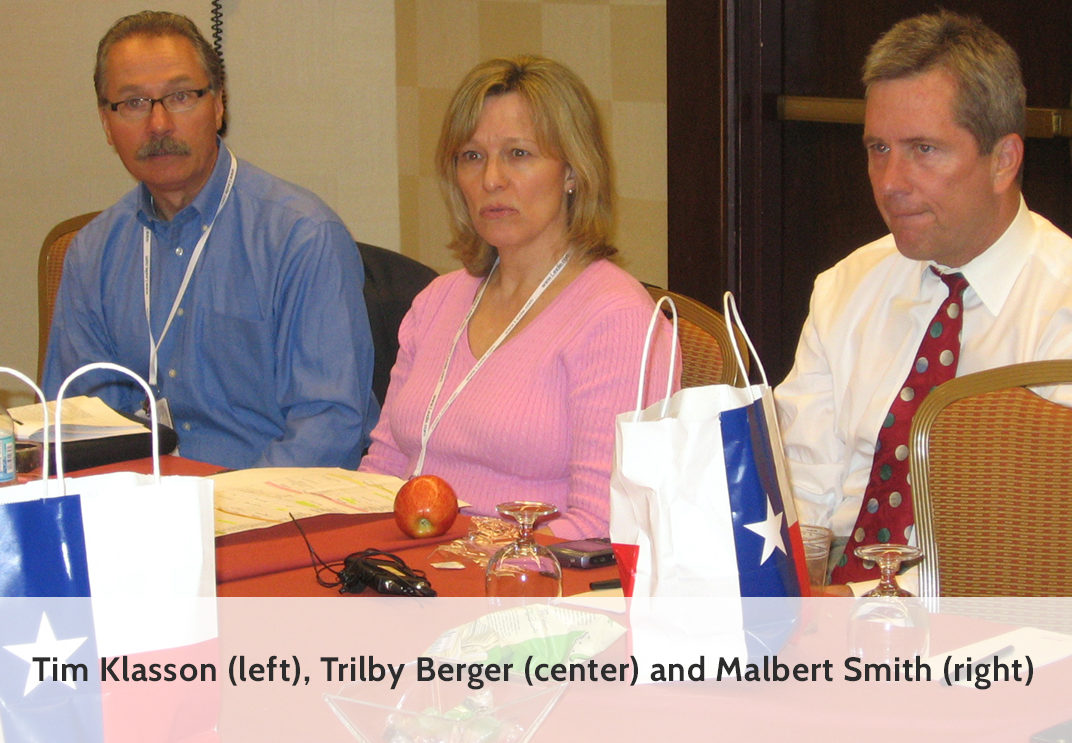 It was similar to the evolution of the thermometer. In the 1600s, there were over 30 different types of thermometers providing different measures of temperature. But as scientific understanding of temperature developed, two systems emerged: Celsius and Fahrenheit. Now people could be assured that all Celsius thermometers used the same scale and that their measurements meant the same thing. The Lexile Framework was a similar leap in innovation, providing a standardized—and comparable—measure of a student’s reading ability and the books they were reading.
It was similar to the evolution of the thermometer. In the 1600s, there were over 30 different types of thermometers providing different measures of temperature. But as scientific understanding of temperature developed, two systems emerged: Celsius and Fahrenheit. Now people could be assured that all Celsius thermometers used the same scale and that their measurements meant the same thing. The Lexile Framework was a similar leap in innovation, providing a standardized—and comparable—measure of a student’s reading ability and the books they were reading.
The Lexile Framework caught the attention of the National Institute of Health, and the agency provided 10 years of funding to give Smith and Stenner time to prove their system. But publishers were still hesitant to get involved. MetaMetrics’ big break came from Scholastic’s Education President, Margery Mayer. “I always thought Margery was a visionary product designer,” says Smith. With Scholastic as Lexile’s first adopter, other publishers began coming on board.
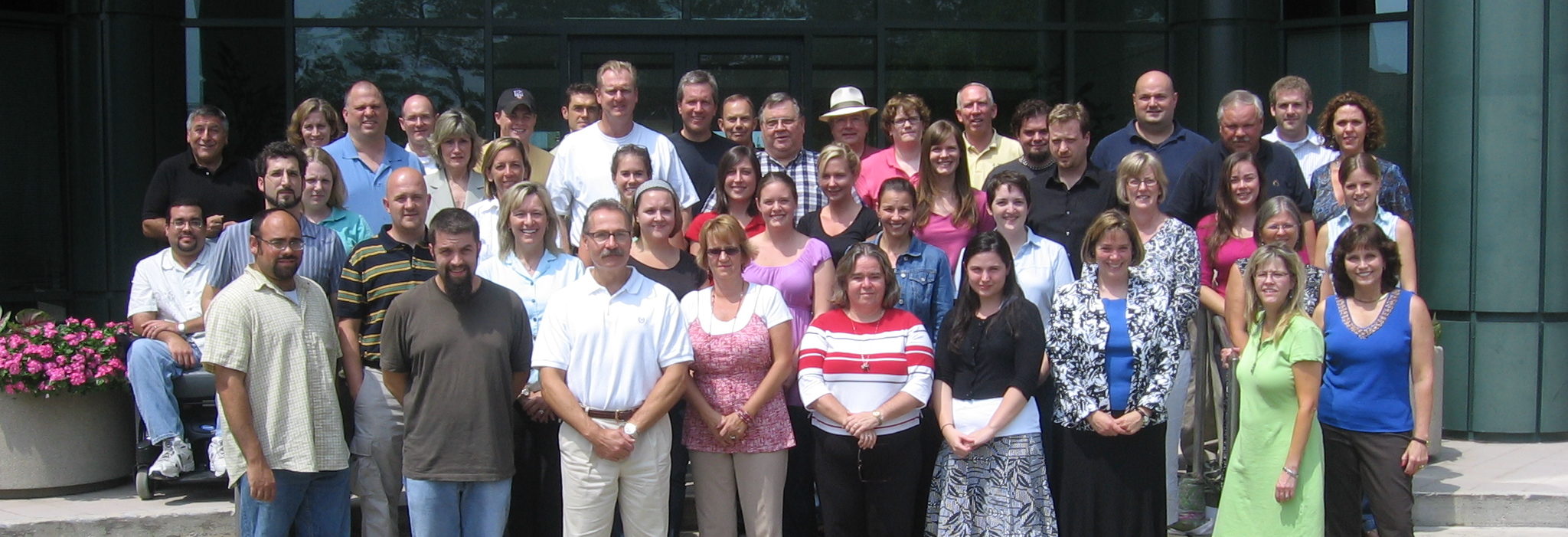
MetaMetrics today and tomorrow
Today, 90% of standardized K-12 tests report Lexile scores. In fact, Lexile has become such a presence in educational testing that Smith received a surprising welcome at his favorite restaurant in Honolulu.
Smith stopped in to make a reservation for that evening and asked the high-school-aged hosts to email him with the confirmation. When he gave his Lexile email address, the students recognized the name. “Like Lexile scores?” they asked him, then called their manager to the front to meet him.
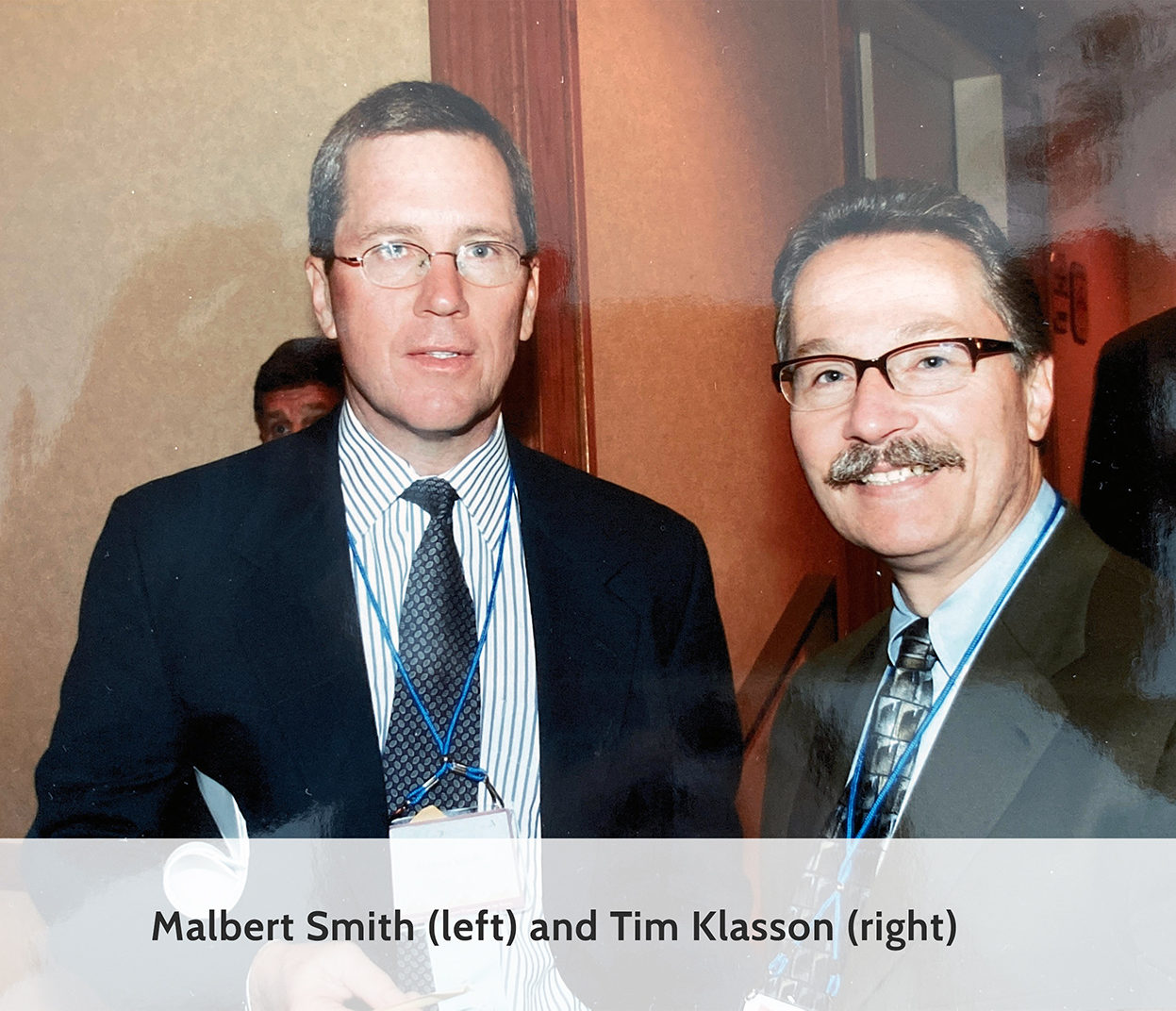 Smith says he and Jack were more interested in making history than making money. “In my opinion there are three phases of a company. Phase one is about survival, are you going to make it? Phase two is about success—you’re making money, paying your bills, hiring employees. It’s a great place to be. But very few companies get to phase three: significance. That’s when an organization makes a difference, not just on a macro level but in individuals’ lives. We’ve got over 50 million students in public schools in this country—they’re the most important asset we have.”
Smith says he and Jack were more interested in making history than making money. “In my opinion there are three phases of a company. Phase one is about survival, are you going to make it? Phase two is about success—you’re making money, paying your bills, hiring employees. It’s a great place to be. But very few companies get to phase three: significance. That’s when an organization makes a difference, not just on a macro level but in individuals’ lives. We’ve got over 50 million students in public schools in this country—they’re the most important asset we have.”
When asked what he’s most proud of, Smith points to his people. “I’m proud of the folks at MetaMetrics who believed in this idea and built it beyond what Jack and I envisioned. We started with a vision and a dream, but we didn’t have an educational ecosystem where everything’s connected—our team built that. We’re changing educational policy and practice at a K-12 level, which I believe is the most important thing we can do as a country.”
